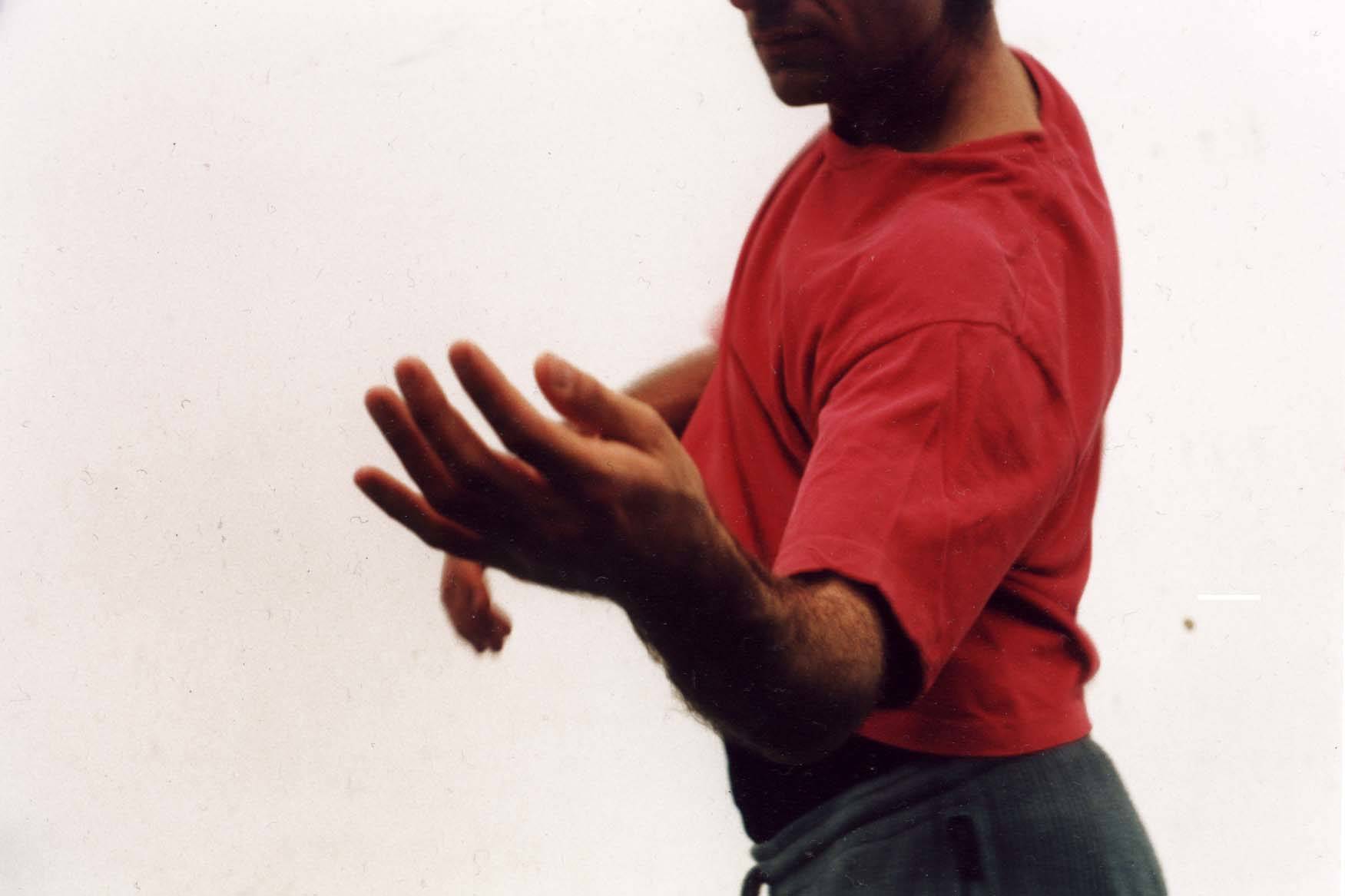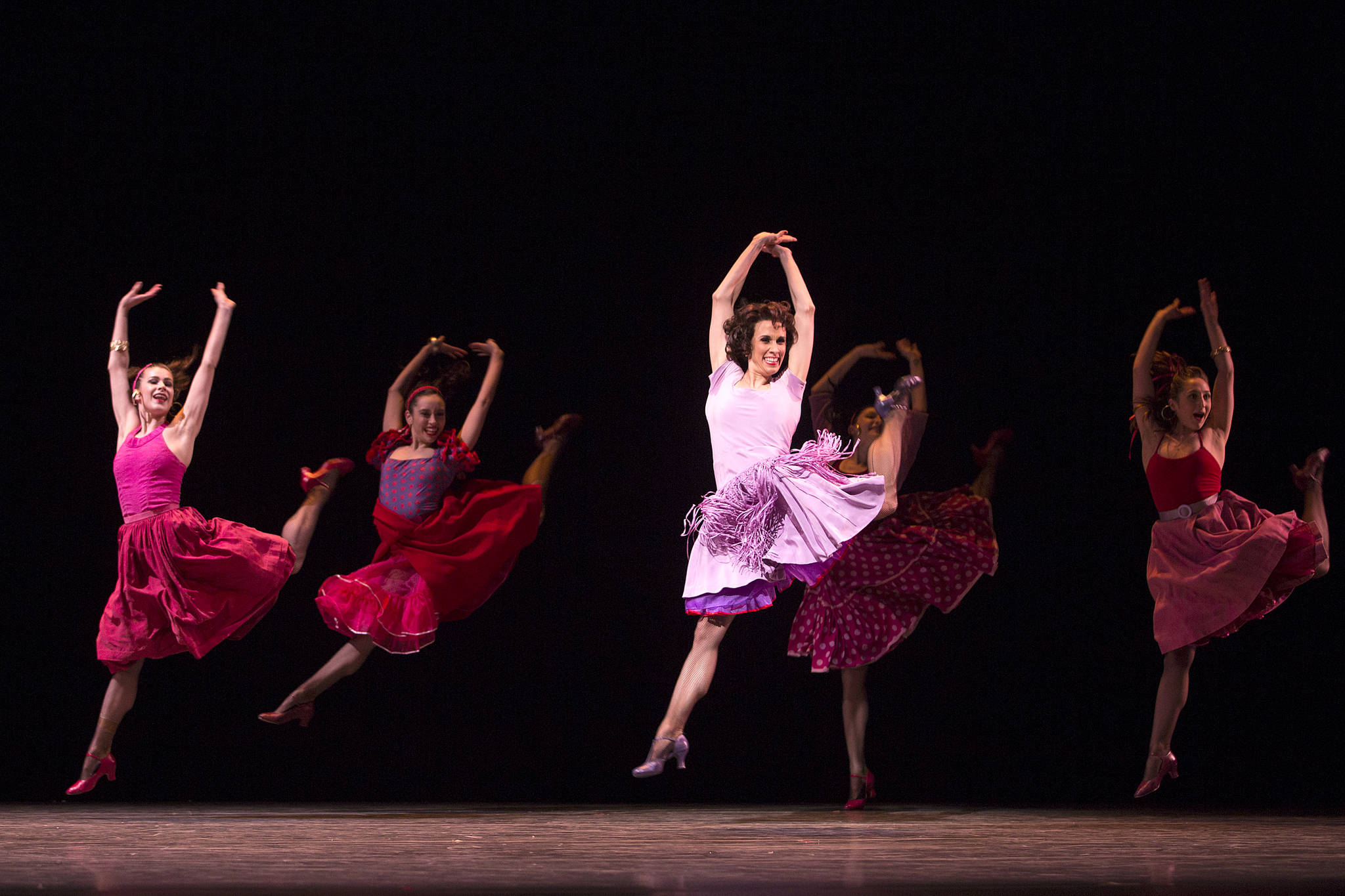The pointe shoes really tell most of the story.
When Arthur Mitchell founded the Dance Theater of Harlem in 1969 as his response to the assassination of Dr. Martin Luther King, Jr., pointe shoes were almost invariably pink. A ballet dancer’s fundamental tool, they were designed to match the color of her tights, extending the line of her legs from her hips to her toes. But they were nowhere near a match to the African-American dancers whom Mitchell was grooming for his new ensemble.
As the first black man to dance for the New York City Ballet, Mitchell was accustomed to breaking barriers and thwarting stereotypes. When he came to run his own company, he had no patience with the idea that blacks couldn’t fulfill the aesthetic requirements of ballet. If tights and shoes came only in pink, he would find a way to make them match his dancers. And so, early in the life of the company, the dancers used fabric dyes and pancake makeup to match their tights and pointe shoes to their own skin tone. Today, almost 40 years after its founding, DTH has included examples of those shoes, alongside the spray cans and makeup cases used to dye them, in a touring exhibit, now on display at the Northwest African American Museum, that traces the history of the company through film, photos, and ephemera.
DTH came of age in the 1970s, during what has been called the “dance boom,” and it was an essential player in those times. As a touring company, they brought a wide variety of ballets to a wide variety of audiences, many of whom hadn’t seen any live dance, much less African American dancers excelling in an art form descended from the Italian, French, and Russian aristocracy. The repertory reached back to classics like Le Corsaire and Swan Lake, as well as newly choreographed works by some of the leading dancemakers of the 20th century.
The exhibit is full of details—early programs and photos from the company’s first years, costumes from Africanist-derived and classical works, posters from world tours, and several videos, including their award-winning production of Creole Giselle. Set in 19th-century Louisiana after meticulous research into free black communities there, it’s a fascinating version of the work.
After some difficult years, when they had to take a hiatus from performing, the company is back on the road, touring their signature combination of historical and contemporary ballets. They’ll be coming through Seattle in March, but for a closer look at their unique history, the Northwest African American Museum is hosting a panel discussion with former DTH dancers Judy Tyrus and Kabby Mitchell (who went on to dance with Pacific Northwest Ballet). The exhibit, pointe shoes and all, is a loving tribute to an essential part of American dance. Northwest African American Museum, 2300 Massachusetts St., 518-6000, naamnw.org. $5–$7. 11 a.m.– 5 p.m. Wed. & Fri.–Sun., 11 a.m.–7 p.m. Thurs. Ends March 19. Panel discussion, $13, 6 p.m. Thurs., Nov. 17.








